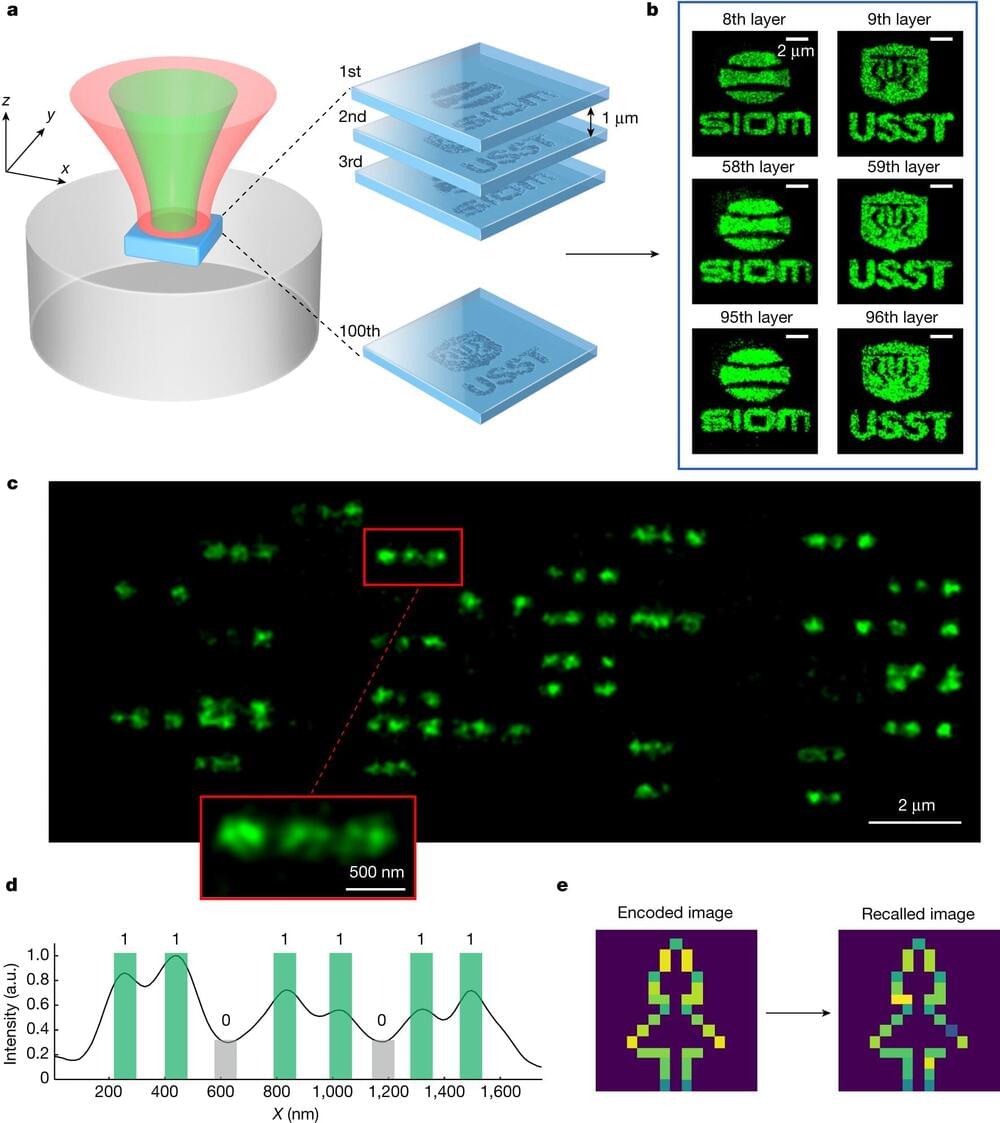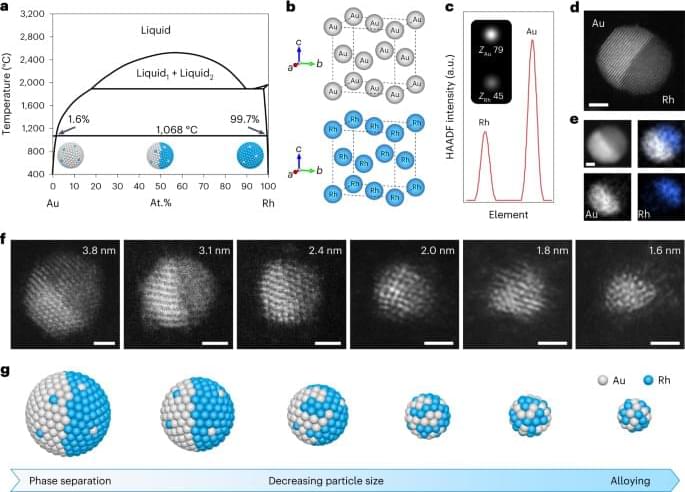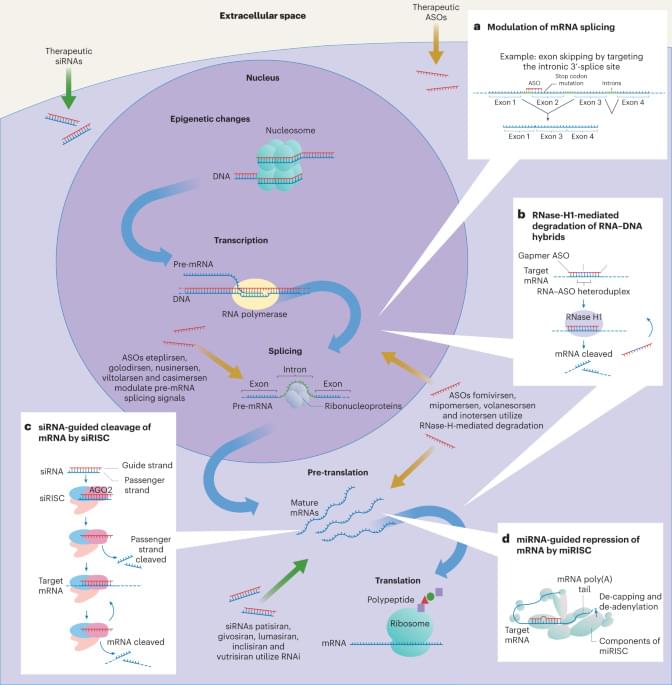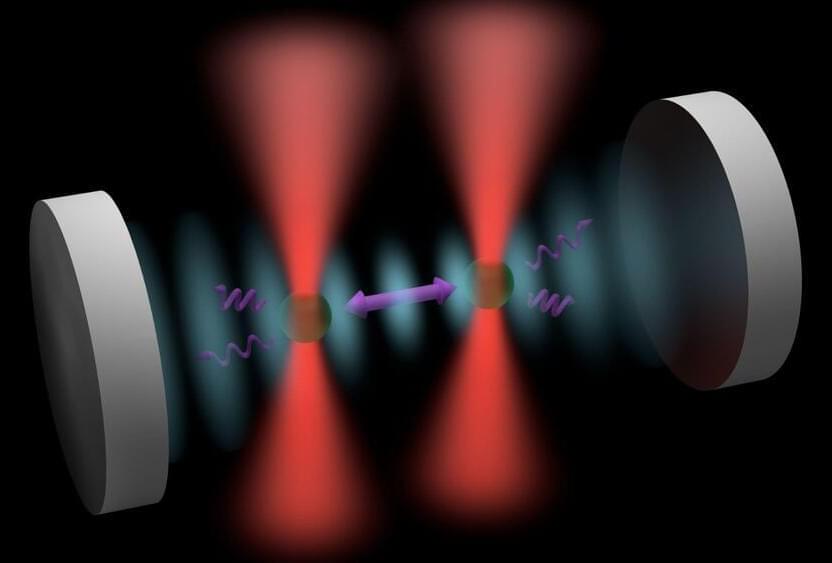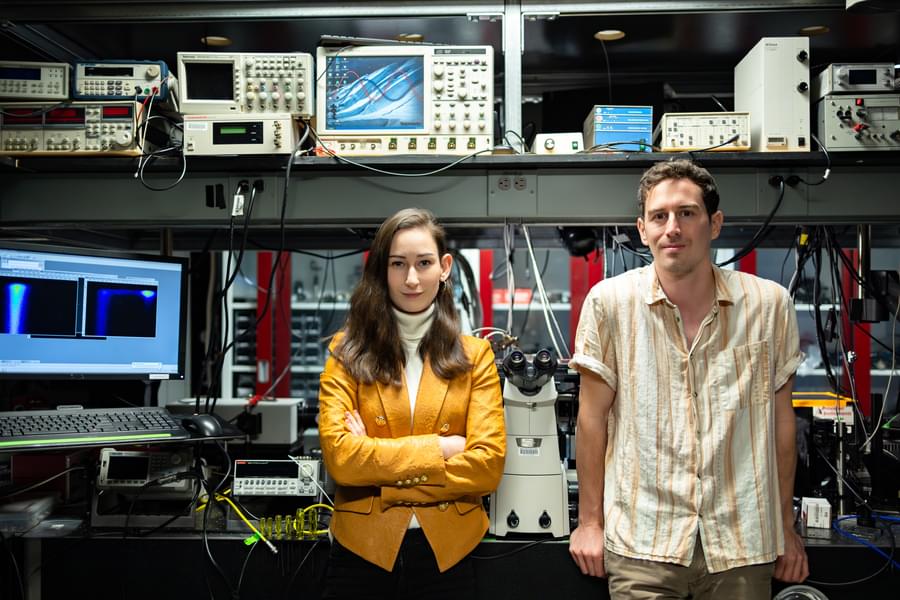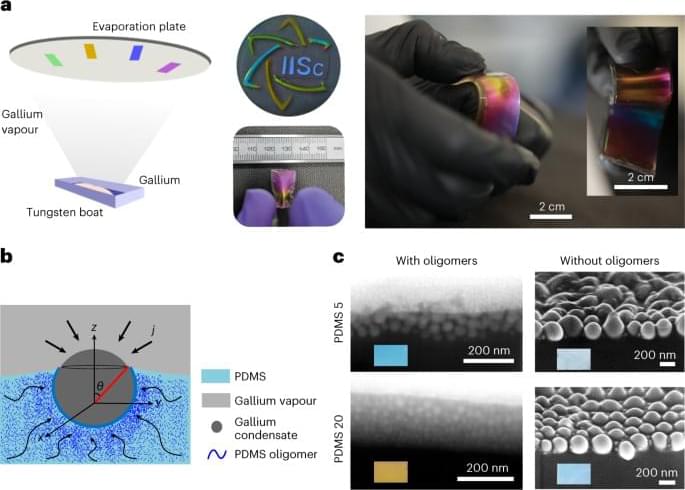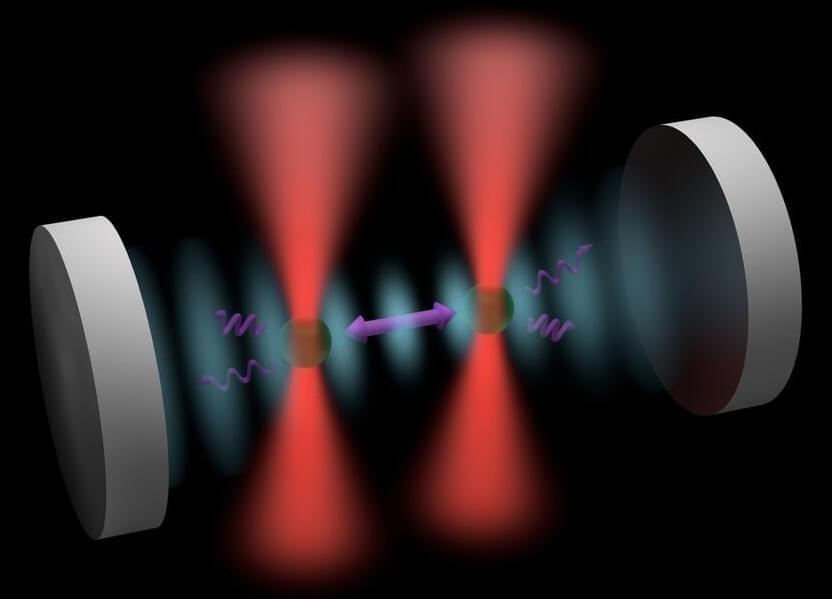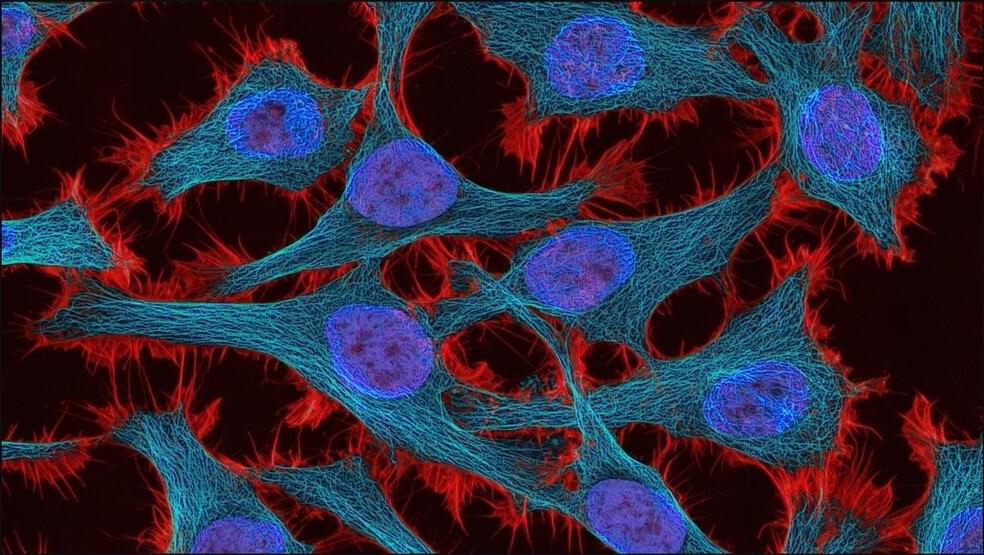Mar 2, 2024
Study shows that similarly charged particles can sometimes attract, rather than repel
Posted by Dan Breeden in categories: nanotechnology, particle physics
‘Opposites charges attract; like charges repel’ is a fundamental principle of basic physics. But a new study from Oxford University, published in Nature Nanotechnology (“A charge-dependent long-ranged force drives tailored assembly of matter in solution”), has demonstrated that similarly charged particles in solution can, in fact, attract each other over long distances. Just as surprisingly, the team found that the effect is different for positively and negatively charged particles, depending on the solvent.
The study found that negatively charged silica microparticles suspended in water attracted each other to form hexagonally arranged clusters. (Image: Zhang Kang)
Besides overturning long-held beliefs, these results have immediate implications for a range of processes that involve interparticle and intermolecular interactions across various length-scales, including self-assembly, crystallisation, and phase separation.

